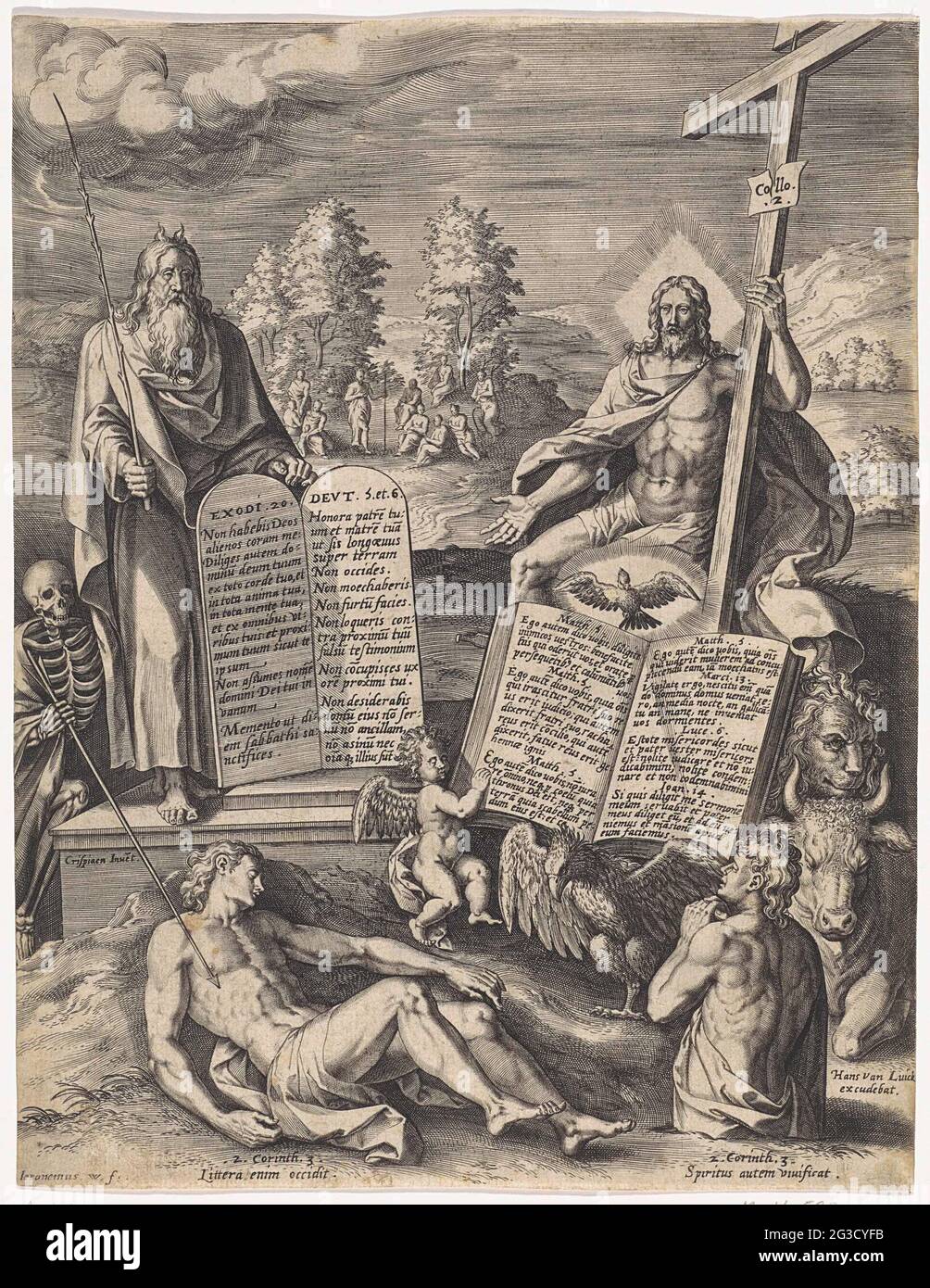

Hart's unrevised translation raises the question: Why reprint a text that is already widely available in Spanish? Hart implicitly answers that question in the Preface, where he defends himself against Laurence de Looze's recent criticisms that Hart's work is Robertsonian (Hart claims he cites Frye more, although in fact he cites Frye and Robinson four times each) and that Hart believes he can read like a medieval reader. Hart concludes with a praise of the Archpriest as an everyman who wavers morally, 'one of the most attractive figures in literature' (59). While Hart praises Garoza and Trotaconventos for their adaptation of the traditional stories to the current situation, he doubts they can understand the meanings of their tales.

The final chapter studies the Doña Garoza episode as a variant on the Endrina story, though here Hart emphasizes the exempla exchange, perhaps because, being a nun, Garoza can be more easily inscribed in Patristic tradition than can the unchaste widow Endrina. Chapter 5 reads the Doña Endrina episode as an example of the skilful adaptation of received materials that shows that loco amor cannot fully transform into buen amor with marriage. Chapter 4 reads the serrana sequence as failing to present a consistent moral journey from sin to repentence. Chapter 3 examines don Amor's praise of money, which, Hart argues, condemns money idolatry. 950–58, which Hart argues is an attack on the Archpriest's invocation of Aristotle to justify his concupiscence. In Chapter 1, Hart insists that the Libro develops a consistent moral argument that rejects loco amor and embraces buen amor despite its superficial ambiguities (or sensus). While in the Introduction Hart claims that he does not discard the corteza or sensus in favor of the meollo or sententia (15), in practice he does just that. The first, 'Allegory in the Libro de Buen Amor', is a unrevised English translation of Hart's 1959 monograph, in which Hart presents what he calls allegorical readings of the Libro, which he firmly situates in the Patristic tradition. This slender volume consists of two sections.


 0 kommentar(er)
0 kommentar(er)
